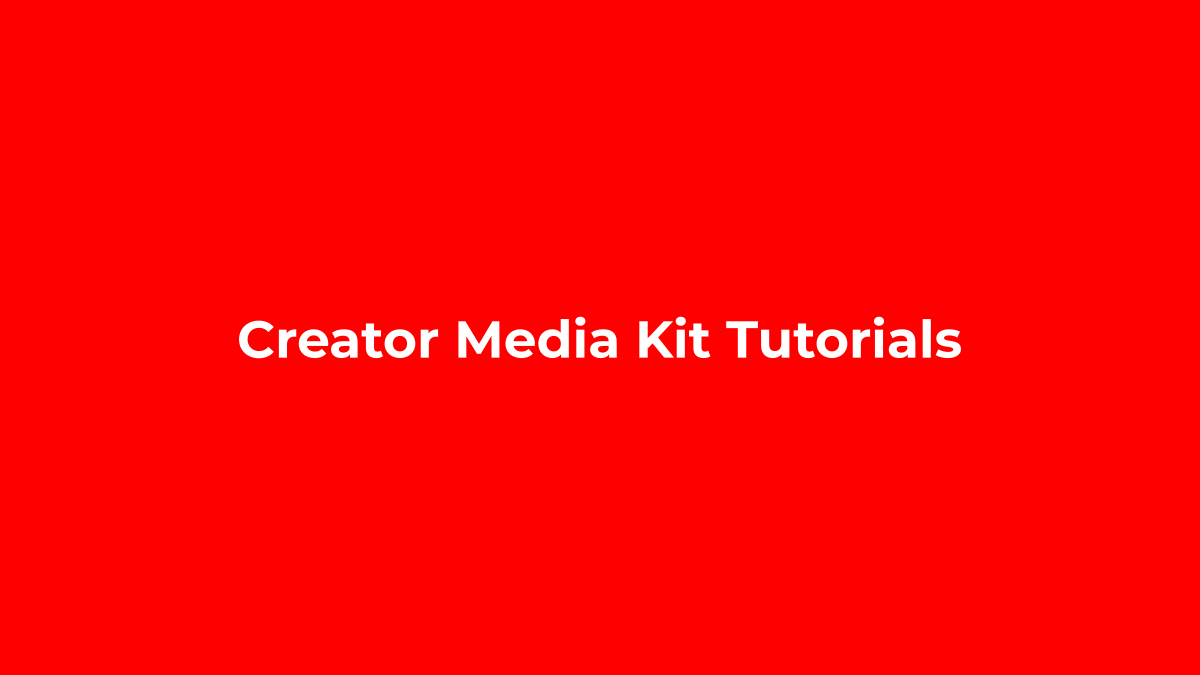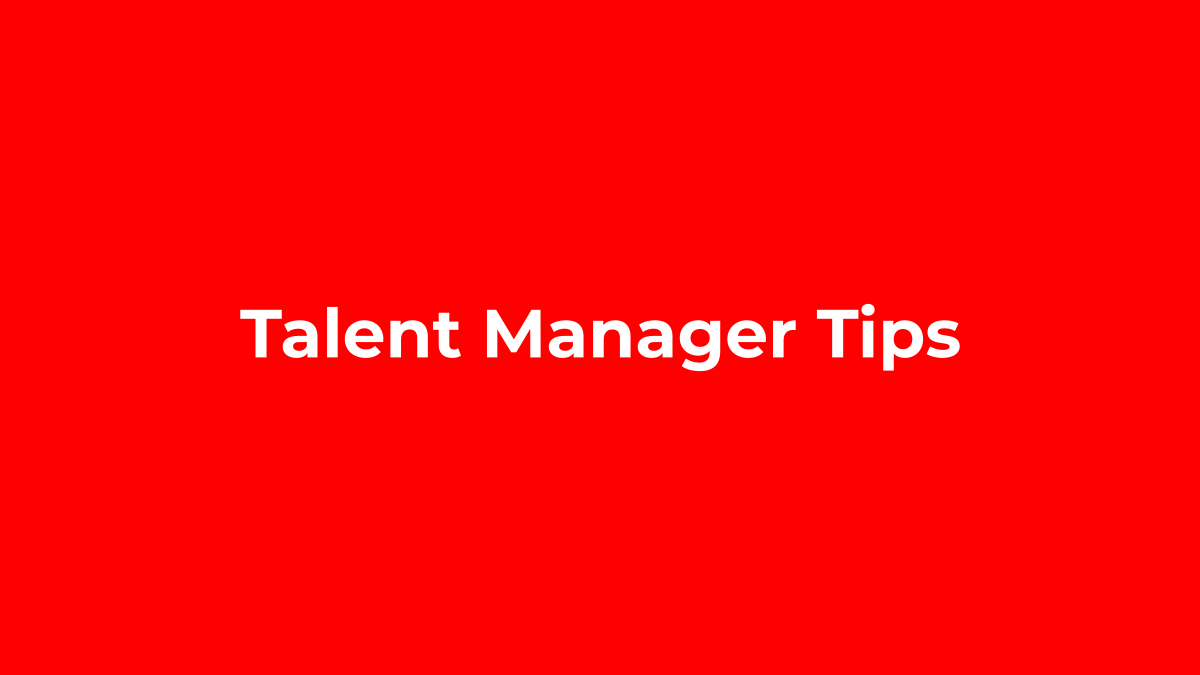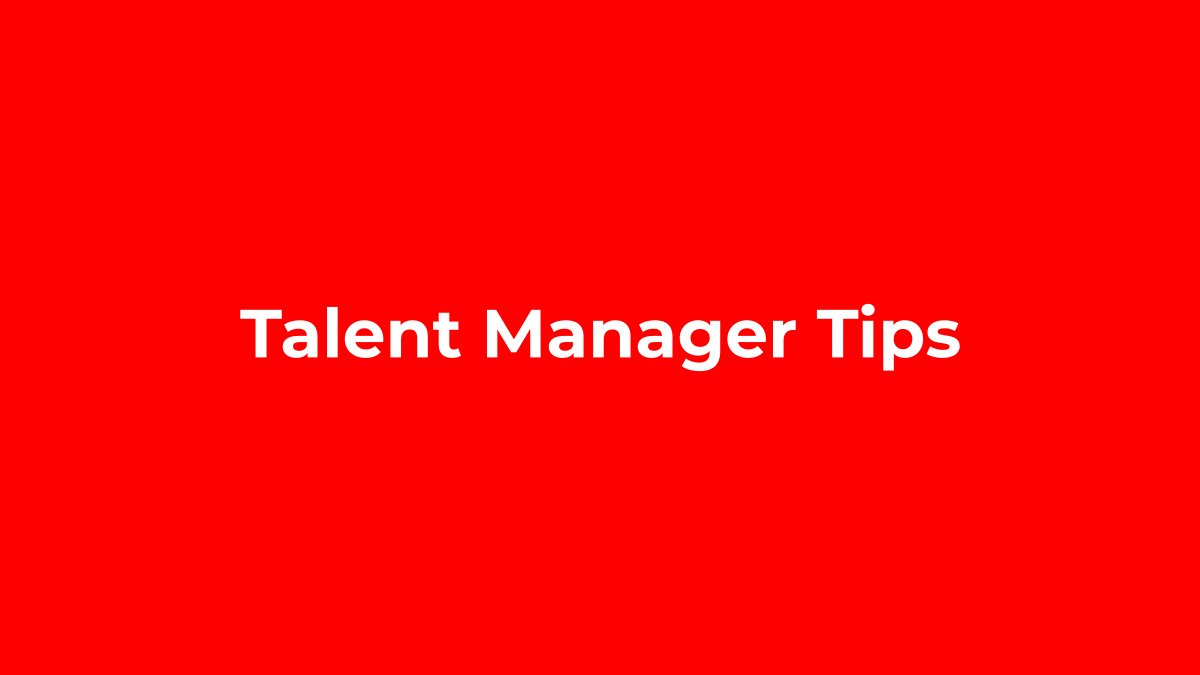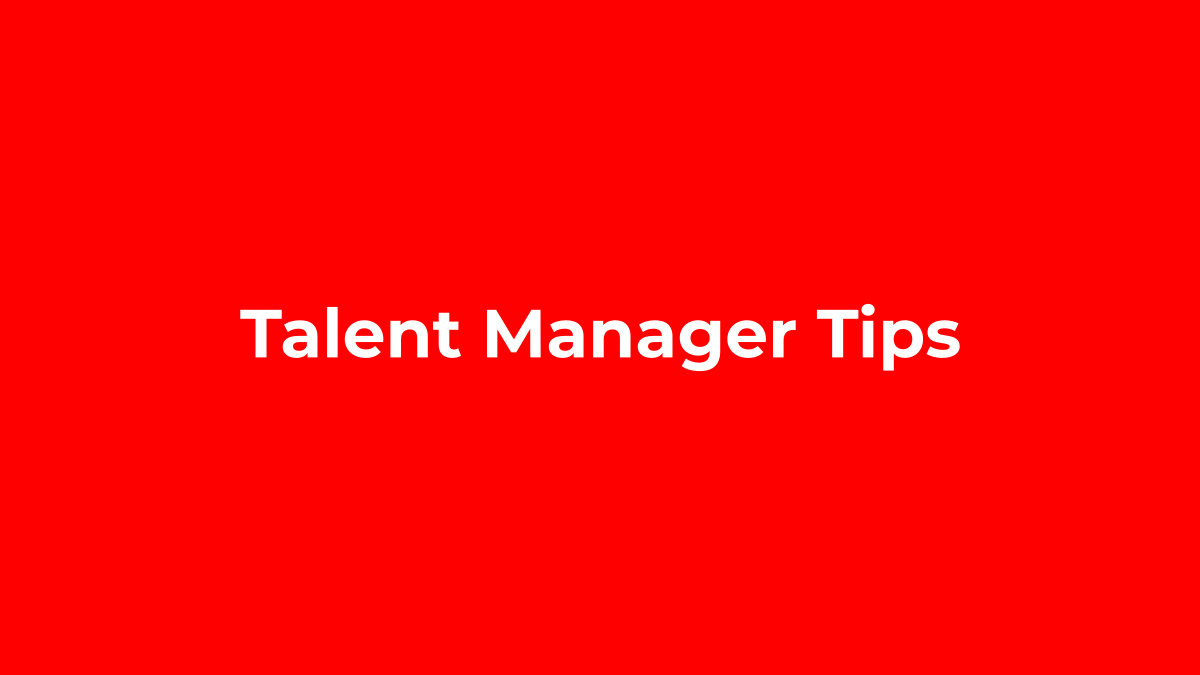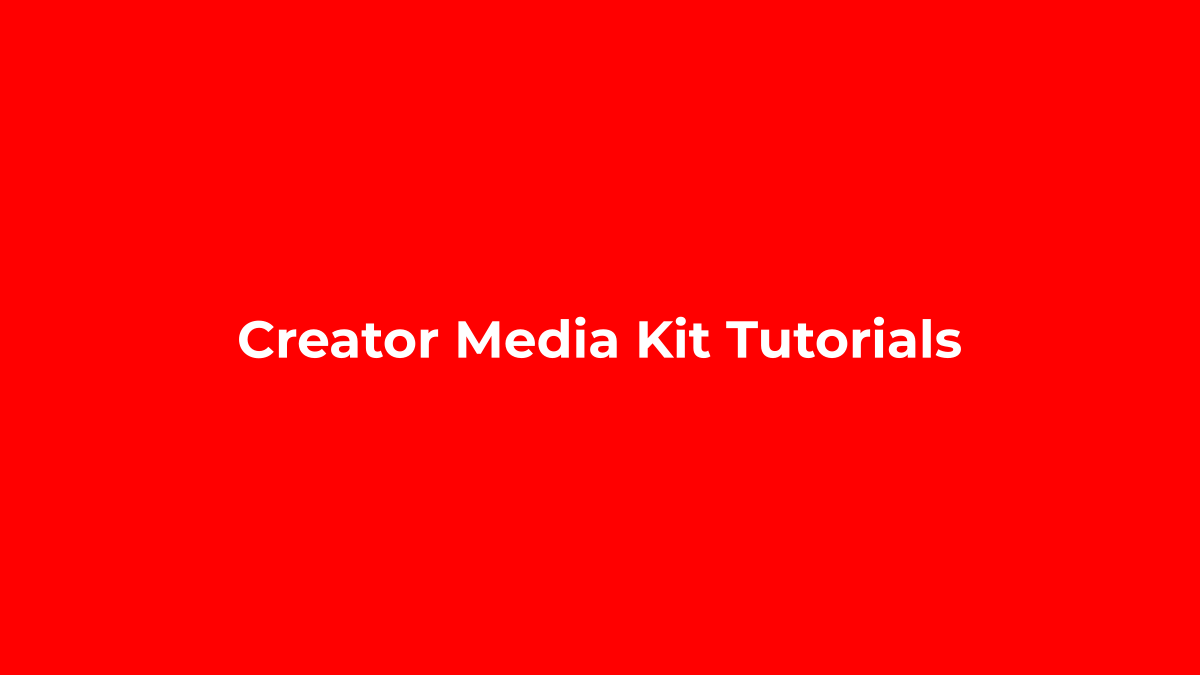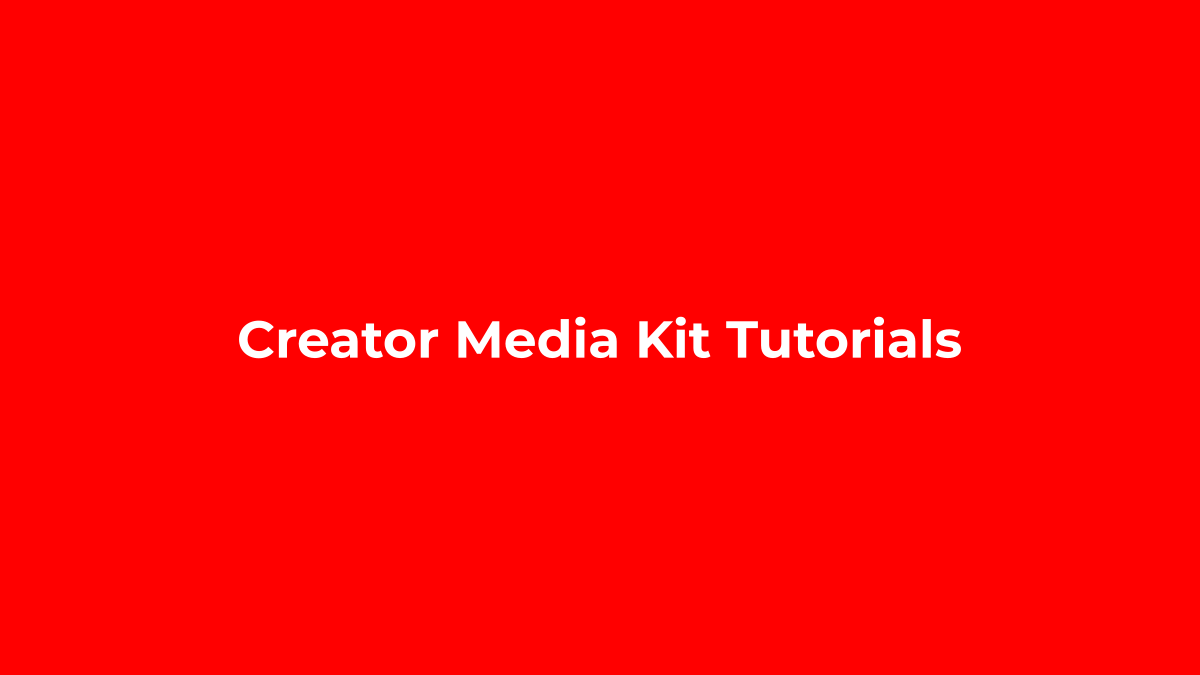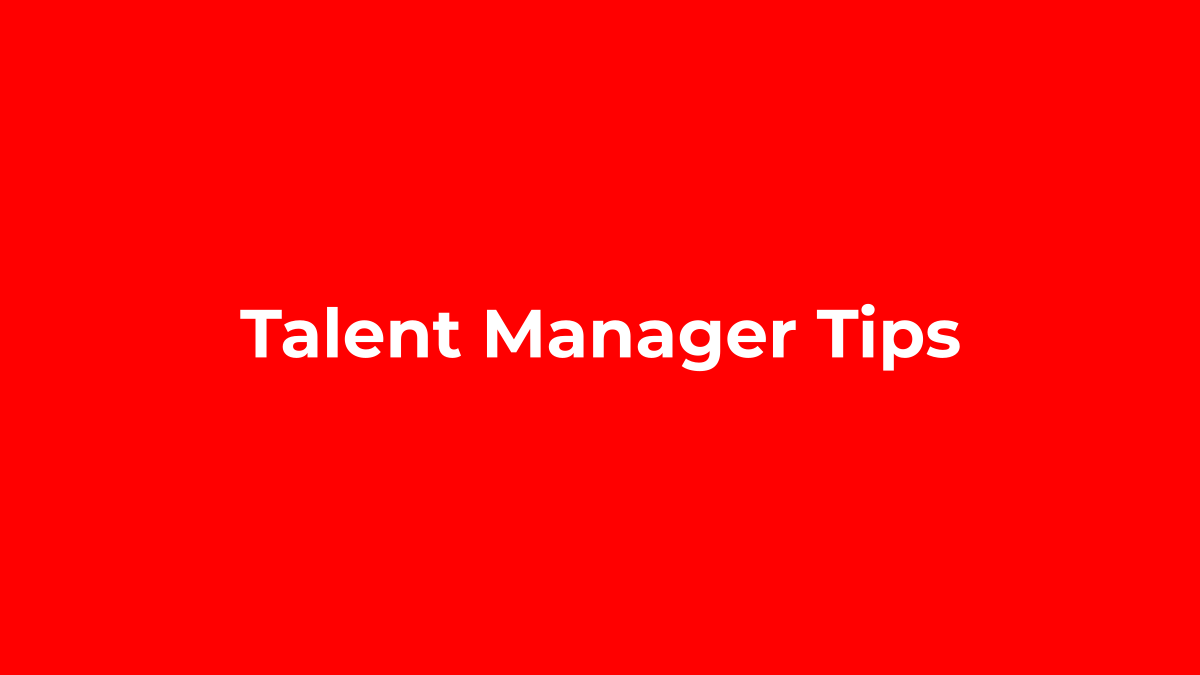Creating an eye-catching media kit is vital for influencers across Instagram, TikTok, YouTube, and Snapchat. But with tools constantly evolving, which new platforms and resources should creators adopt in 2025 to stay competitive? In this article, we’ll explore emerging tools and future-proof strategies in Creator Media Kit Tutorials that will dominate the influencer landscape.
Contents
AI-Driven Design Tools
Artificial Intelligence (AI) is revolutionizing media kit design, providing intelligent templates, customization suggestions, and automated branding elements. Leveraging AI-powered design tools can significantly enhance the visual appeal of creator media kits.
- Tip: Use AI tools like Canva or Adobe’s Sensei to generate creative layouts tailored specifically for your niche.
- Example: Explore Adobe Spark’s automated color suggestions based on your Instagram feed.
Data Integration Platforms
Brands demand accurate metrics and comprehensive insights. Data integration platforms seamlessly incorporate real-time analytics across all your social channels into your media kits, offering transparency that brands trust.
- Tip: Choose integration tools that automatically sync data from popular networks like Instagram Insights, YouTube Analytics, or TikTok Creator Portal.
- Example: Consider platforms like InfluenceKit or Mediakits.app for streamlined data collection.
Interactive Media Kits
The static PDF approach is outdated. Interactive media kits offer clickable elements, embedded analytics, and real-time updates, significantly enhancing engagement and impressing brands in your collaborations.
- Tip: Embed clickable call-to-actions, testimonials, or live analytics widgets into your media kit.
- Example: Use platforms like Adobe XD or Designrr to build responsive and engaging media kits.
Video-Driven Media Kits
Video has conquered social platforms, and incorporating multimedia into your media kit can showcase your personality and style vividly, leading to stronger, more personal brand relationships.
- Tip: Add a powerful introductory video or clips from your most successful content campaigns to personalize your media presentation.
- Example: Platforms like Vimeo Showcase or Wistia are excellent for embedding professional, branded media kit videos.
Conclusion
- AI tools enhance media kit design efficiency and appeal.
- Integrating social media analytics is crucial for credibility with brands.
- Interactive multimedia kits provide richer experiences to potential partners.
- Incorporating video can differentiate you significantly from competitors.
Level up your Creator Media Kit with actionable tutorials designed to put you ahead in the game—visit us at https://mediakits.app/category/creator-media-kit-tutorials/ today!
